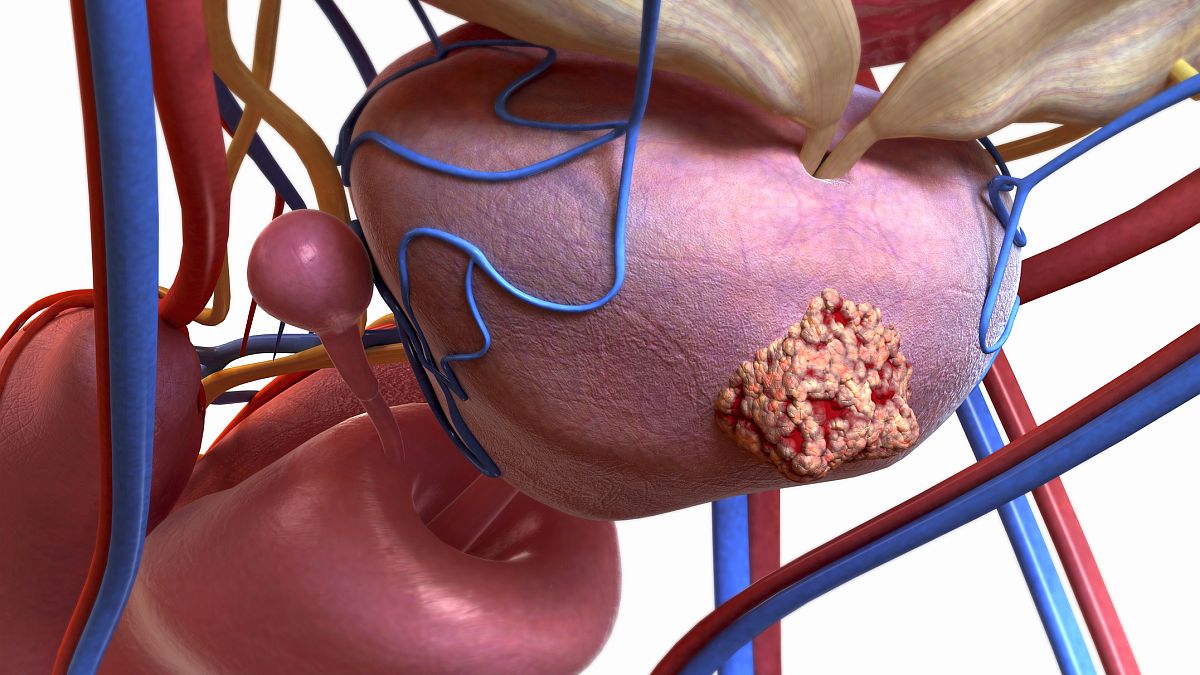Prostate cancer has recently experienced major breakthroughs in diagnostic techniques with novel imaging strategies in the context of recurrent disease or elevated serum prostate-specific antigen (PSA) levels. Specifically, 18F fluciclovine was approved by the US Food and Drug Administration in 2016, and 68Ga PSMA-11 was approved at the end of 2020. In Future Oncology July 2021, Dr Philip J. Koo and Dr Daniel Petrylak published the summary of a December 2020 panel discussion —part of the Emerging Paradigms in Care Series (EPICS)—on this rapidly evolving treatment landscape.
Overall, the approval of 68Ga PSMA-11 has generated substantial enthusiasm as a new imaging agent and because it offers an additional approach to detect metastatic disease. It has a broader indication than 18F fluciclovine, including patients with suspected metastases who are candidates for initial definite therapy. The 40% sensitivity rate of 68Ga PSMA-11 in patients with intermediate- to high-risk prostate cancer is substantially higher than the limited sensitivity achieved by conventional techniques. Although current literature shows general favor for prostate-specific membrane antigen (PSMA)-based agents rather than fluciclovine for initial staging and to detect biochemical recurrence (BCR), it remains unclear how PSMA imaging will impact the use of fluciclovine scans. Some experts suggest that the answer may depend on various factors, such as comfort level with the tool, access, and reimbursement. Overall, the panel perceives 68Ga PSMA-11 to be more sensitive, but prefers fluciclovine for detecting local disease and neuroendocrine histologies.
The utility of 68Ga PSMA-11 is very promising, but the panel expressed concerns about accessibility. The agent is currently available outside of a clinical trial only at the University of California, Los Angeles and the University of California, San Francisco. Additionally, some unresolved questions remain regarding the use of PSMA, such as how earlier detection will impact treatment and survival outcomes. Use of PSMA imaging for monitoring response to therapy requires further investigation, as well as defining the impact of next-generation identification (NGI) on clinical outcomes. Several PSMA-targeted imaging agents are currently in development, including fluorinated PSMA agents, which may have a potential advantage of a longer half-life (2 hours, compared with 1 hour for 68Ga). Further research is needed to clarify optimal utilization of PSMA imaging agents in patients with prostate cancer.
High level
As PSMA imaging products become more widely available, radiologists will need to be trained to accurately read and interpret the scans. Some experts feel the interpretation of PSMA positron emission tomography scans is easier and may require less training than reading fluciclovine scans, but adoption of these new imaging tools into routine practice will also be influenced by payor coverage. Pairing between diagnostic and therapeutic PSMA analogues should be considered, as PSMA represents an excellent target for both imaging and prostate cancer therapy. Additional outcomes research is needed to provide guidance for use of new imaging tools in settings where their use is not supported by evidence.
Ground level
Precise localization of recurrent prostate cancer can help guide the management of patients with individualized treatment options. This technology is still investigational but may have a significant impact on the management of prostate cancer in the future. The RADAR (Radiographic Assessments for Detection of Advanced Recurrence) III guidance states that NGI should be considered in newly diagnosed patients if conventional imaging results are equivocal or negative with high suspicion for metastatic disease. The strongest recommendation for NGI use is in patients with BCR, where the possible utility of metastasis-directed therapy is greatest. The current guidance suggests that NGI should only be performed if the patient is willing to undergo metastasis-directed therapy when a scan is positive, or if the patient is seeking a rationale to initiate systemic therapy. In patients with M0 castrate-resistant prostate cancer, NGI should be considered if PSA doubling time is <6 months, when M1 therapies would be appropriate. However, conventional imaging should be utilized for patients with M1 castrate-resistant prostate cancer, with NGI considered only if conventional scans are negative and disease progression is suspected.

